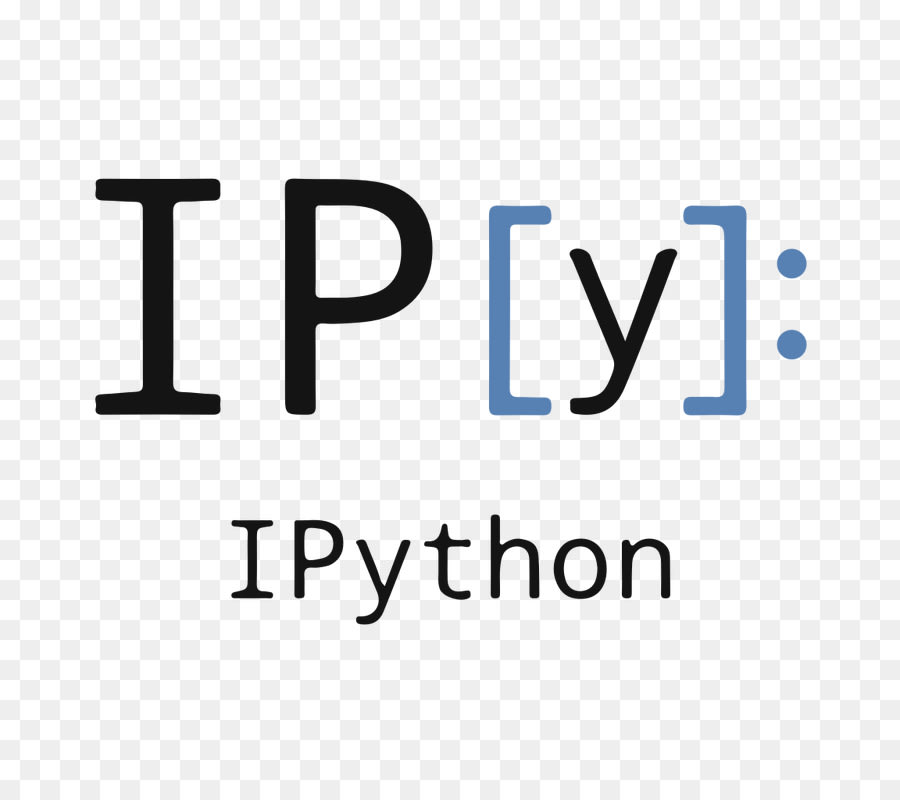Tag: Development
How to Install and Configure Minikube on Ubuntu
Introduction
This article will demonstrate how to install and configure Minikube to set up a small Kubernetes cluster. We will then examine Kubernetes in more detail to apply that knowledge to a real-world example.
What is Configuration Management?

Configuration management is the process by which a company or organization defines and tracks the state of its infrastructural resources. Encapsulated in those resources are both physical hardware and software. It is a means to ensure that when changes are made to a system, those changes are tracked, geared toward the ultimate predefined criteria of what state should be.
How to Install Kubernetes on Ubuntu, macOS, and Windows
What is Kubernetes?
Kubernetes (or K8s) is an open-source container orchestration system for automating computer application deployment, scaling, and management. Kubernetes manages and runs Docker containers on numerous hosts. The project was started by Google and is supported by many companies, including Microsoft, RedHat, IBM.
How to Install and Configure K3s on Ubuntu 18.04
What is K3s?

K3s is a lightweight version of Kubernetes. It is a highly available Kubernetes certified distribution designed for production workloads in unattended, limited resource, remote locations, or inside an IoT appliance. The developers of K3s declare that K3s is capable of almost everything that K8s can do.
How to Install and Configure PyCharm on Windows
What is PyCharm?
PyCharm is a widely used IDE or integrated development environment for Python, which can run on Windows, Linux, or macOS. This cross-platform, application, combined with its being open-source, has caused PyCharm to be one of the fastest-growing IDEs since its development in 2010. PyCharm comes in two flavors: community edition or professional.
How to Install and Configure Jupyter Notebook
What is Jupyter Notebook?
Jupyter Notebook is an extremely powerful open-source, web-based tool that facilitates the creation of documentation. There are many different avenues to provide technical documentation or demonstrations, but Jupyter Notebook makes it possible to embed visualizations and execute live code. It is useful to be able to utilize documentation to describe development concepts or planning, but providing working examples within documentation can be a more effective way of conveying information. This tutorial will cover how to install Jupyter Notebook on an Ubuntu 18.04 LTS server and connect to it remotely via an SSH tunnel.
Using Ansible in DevOps: A Beginners Guide
Introduction
Ansible is a system of configuration management written in Python programming language which uses a declarative markup language to describe configurations. It’s used for automation of configuration and OS setup. Ansible is often used to manage Linux-nodes, but Windows is also supported. It supports work with devices with Python v2.4 and higher installed through SSH connection. In this article, we are going to review the DevOps tool called Ansible.
Kubernetes vs. Docker Swarm: A Comparison
In this tutorial, we will be reviewing what the fundamental similarities and distinctions are between Kubernetes and Docker Swarm. Kubernetes and Docker are two of the major players in container orchestration. Both Kubernetes and Docker Swarm continue to grow in popularity as they are increasingly used by those working with container deployment, orchestration, and management. Across all vertical markets, businesses continue to find new methods of utilization and practice with more uses constantly being discovered.
How to Install Taiga on Ubuntu 16.04

Taiga is a free, open-source project management system. The back end consists of an API written in Python3 and Django, and the front end is written in AngularJS and CoffeeScript. Taiga can manage simple and complex projects, and also monitors the progress of a project. Taiga maintains logs that are displayed in the form of a worklist with all the functions and user stories added to the project.
How to Install and Use IPython

IPython is a robust Python shell that handles indentation, syntax highlighting, tab completion, and more. In this tutorial, we will cover how to install IPython and walk through how to make use of some features it makes available. Python provides a default REPL or shell for users to run Python code in real-time and see the results. While this default REPL is extremely useful, it does not handle things like indentation, syntax, or highlighting. This is where Ipython shines.
Our Sales and Support teams are available 24 hours by phone or e-mail to assist.

